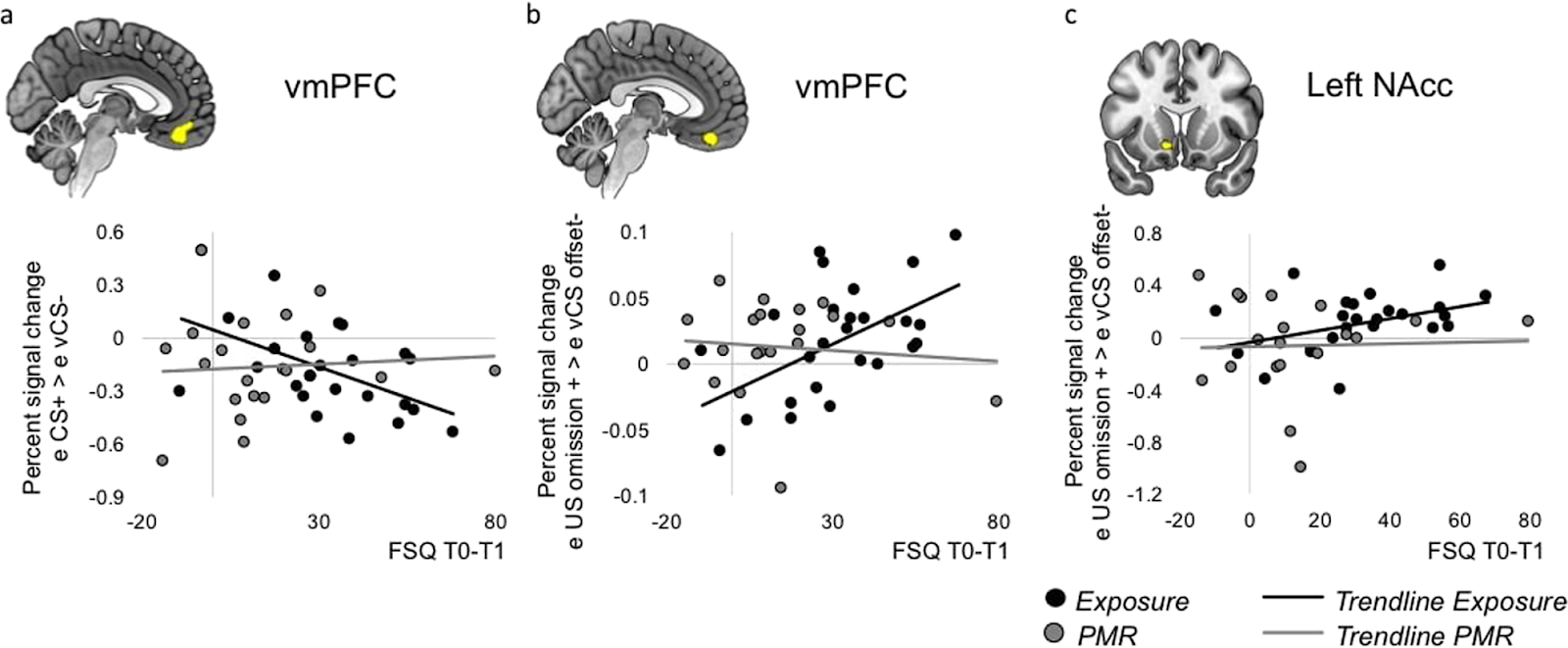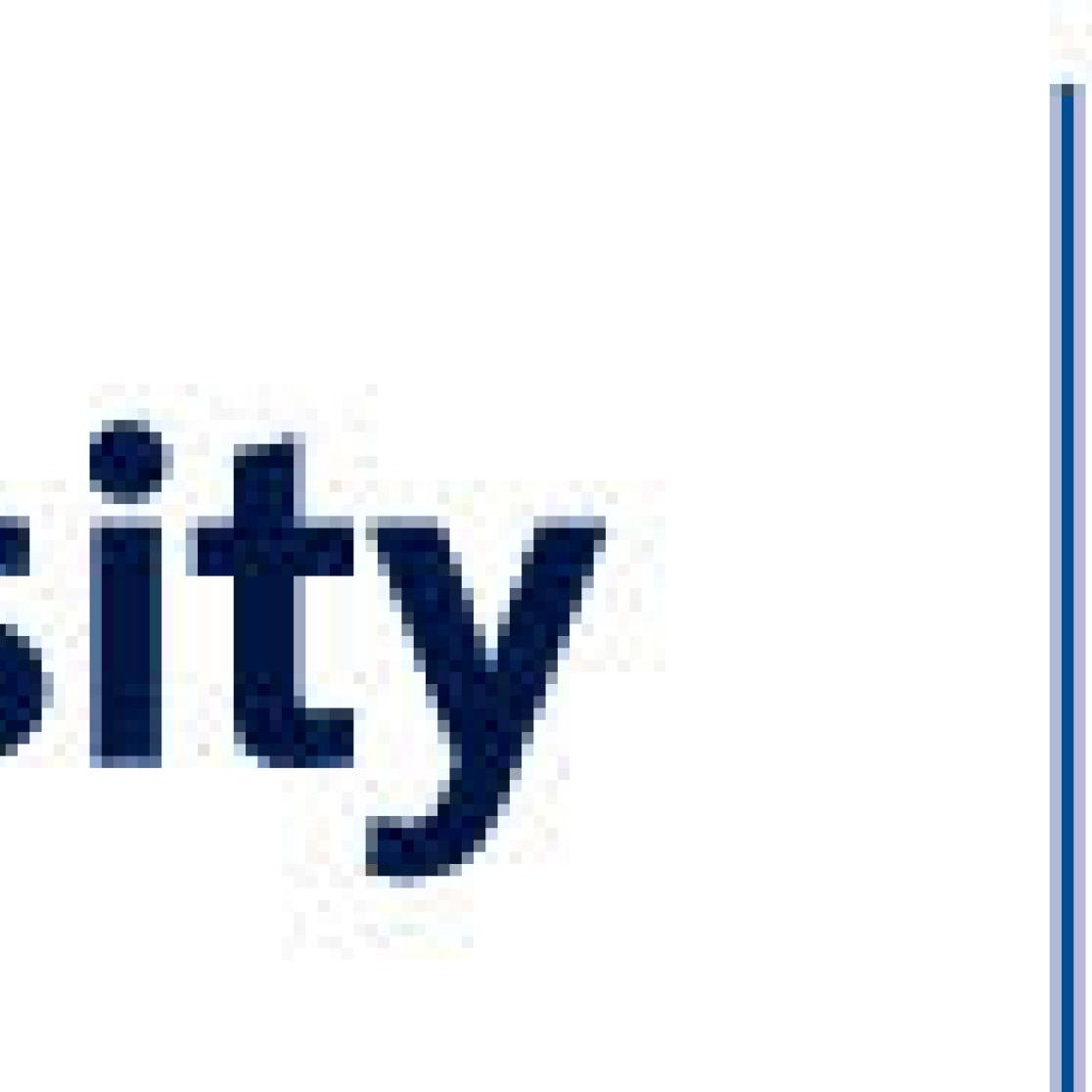Mood, Anxiety and Trauma
Crossroad
Research theme: Neuroimaging
Clinical pillar: Mood, Anxiety and Trauma
Our research focuses on investigating the neural mechanisms of emotional disorders to facilitate developing new treatments. For this purpose, we use an integrative approach in healthy, subclinical and clinical populations. We employ various neuroimaging methods to determine brain structure, activity and connectivity and combine these with other methods such as brain stimulation or studying people’s feelings and experiences in daily life.
Unique contributions and highlights
One of our recent achievements is the successful completion of a large longitudinal project (SMARTSCAN), in which we examined the mechanisms of person-environment interaction, functional and structural brain changes after therapy and the risk to develop more severe psychopathology in youth with mild anxiety, depressive and psychotic symptoms. A new project aims to optimize target selection for Deep Brain Stimulation surgery, based on brain connectivity patterns and the outcome of Transcranial Magnetic Stimulation in the individual patient. We also pursue the integration of neuroimaging with new treatments through the development of neurofeedback protocols for the treatment of mood and anxiety disorders. This work is a collaboration with the neuro-modulation group and the Maastricht Brain Imaging Centre/ Faculty of Psychology and Neuroscience.

Associations between extinction-related activation and symptom reductions (FSQ T0-T1) following exposure therapy and PMR. a Association between symptom reductions and vmPFC activation during early extinction (CS+ > vCS−), b Association between symptom reductions and vmPFC activation during early omissions of the unconditioned stimulus (US) (US omission > vCS− offset), c Association between symptom reductions and left nucleus accumbens (NAcc) activation during early US omissions (US omission > vCS− offset). T0 = baseline; T1 = post-therapy; e = early. From Lange et al. (2020). Neuropsychopharmacol 45:534-541. doi:10.1038/s41386-019-0467-8.
